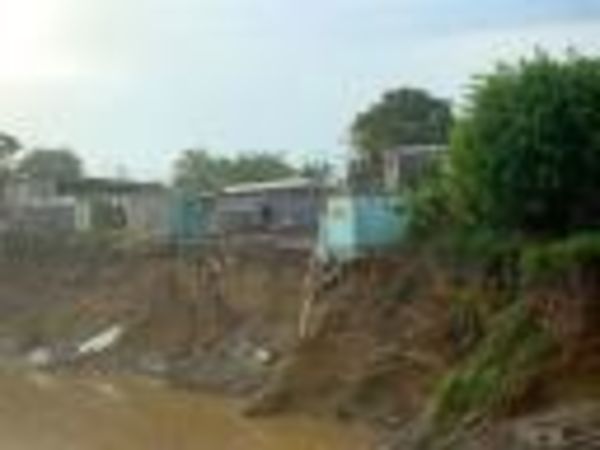
Since arriving in Santo Domingo last month, I’ve been immersed in an array of sights and sounds, faces and families, handshakes and hugs, cooking and cadence, and countless other alliterative elements of Dominican culture. It’s been a whirlwind so far, and for about a three-minute moment everyday – the most time I ever seem to have to reflect – I can’t help but think that my familiar life in the states is being lived by some alternate version of me, and that eventually, he’ll bring me up to speed on the events of the last few months and I’ll tell him he missed out on the chance to bring all of his ideas and ideals out of the ivory tower and into the world. Maybe we’ll have a beer or play bocce ball. Who knows? Clearly, I digress.
Of all the incredible and wonderful facets of Dominican culture that I have had the chance to take in so far, one that I am reminded of everyday really stands out…. everyone starts decorating for Christmas very early here. Like really early. Like right around Halloween early.
It was a horrifying coincidence when Tropical Storm Noel made landfall during the first week of November, just as the first Christmas trees and candy canes were visible in shop windows. Noel came with virtually no advanced notice, and even if their had been a better warning I’m note sure what measures could have been taken. Granted, Noel pales in comparison with what has happened since in Bangladesh. But the victims here would take issue, just as they should, with anyone who told them that their loss is somewhere near the bottom on a phantom list of priorities that the world’s aid agencies have to look at.
I have not been able to speak with members of the affected communities first-hand, largely because Fundacion San Miguel Arcángel has asked me to work mostly in other communities. But I have seen some of the damage while traveling near the Manoguayabo River in Santo Domingo near San Cristobal. The river swelled twenty feet over its average height and literally swallowed the earth beneath thousands of people’s homes. Debris from homes remains scattered across the riverbanks, and where many people had lived on an incline that gradually rolled down to the water’s edge, half their homes are now precariously suspended off a cliff – a complete vertical drop, twenty-five feet above the river.

In some of these communities, school has only restarted this past week. The recovery of physical debris and the job of rebuilding homes and businesses are daunting tasks unto themselves. Confronting the sickness and disease afflicting many of those who have already lost so much is likely to be even more challenging. Local food stocks were rendered mostly unusable, water supplies are barely potable, and all kinds of pests and pathogens fill what remains of homes. Anecdotally, some of FSMA’s clients have been falling very ill. All of FSMA’s clients are women and most are mothers, as well.

With a presidential election just over six months away here, the incumbent’s government has recently revised the latest measurements of Dominican GDP, announcing a rise in the country’s income per capita. I don’t plan on using this space to casually opine on a political situation about which I am almost entirely ignorant, but that announcement struck me as one with potentially serious consequences for Noel victims awaiting international support. The president asked multilateral development agencies for aid after the storm, but many of these agencies have strict GDP per capita limits they adhere to when making aid decisions. It remains to be seen what effect, if any, the announced rise in income will have on the flow of aid. Also, the government has promised the construction of public housing in the most devastated areas. While a good long-term idea, that does not sound like a solution to the immediate issues facing those communities. In both cases, we’ll see.

These photos were taken by the FSMA staff, they show some of the damage near “Control de La Pared de Haina” and “Palavé” on the Manoguayabo River.

FSMA is a relatively new Kiva partner and from what I know right now, none of those people who suffered devastating blows to their families and livelihoods, including death and complete loss of home, are Kiva clients…yet. Now seems like a good opportunity to diversify Kiva’s client list within FSMA to include more of the areas affected by the storm. I hope to be meeting these women soon, and giving Kiva lenders the opportunity to help them restart their businesses.
/>













